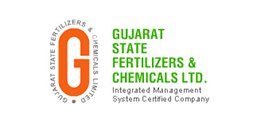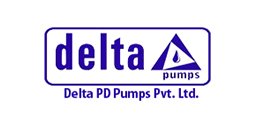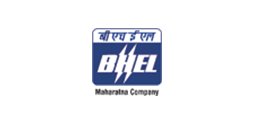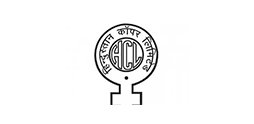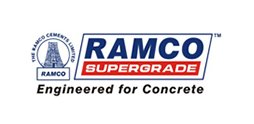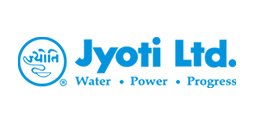The fiberglass and thermoplastic piping are often used for abrasive and corrosive fluids. They are generally applied where the temperature range moves from 70 degree F to 300° F. The chemical compatibility becomes a particular consideration for these applications, not only for expansion joint but also for piping system. This is a criterion that both have to function with the similar resistance when the problems will arise. The mechanical and thermal expansion is 2 times more than 4 times that of steel. Another important design consideration is the strength of the non-metallic pipes that can decrease rapidly with increased temperature.
Thermoplastic vs. FRP
The thermal expansion co efficient for thermoplastic pipe is typically 3times to 8 times that of steel, while fiberglass pipe is roughly 2 times that of steel. The result is an expansion joint design that must deal with the thermal movements in an unconstrained system. The mechanical considerations should be taken into account. Since Fiber Glass is composite in nature, there are two distinctive axial elasticity moduli, such as tensile and compression. The thermoplastic pipe elastic modulus is considerably less than of steel. With the rise of temperature, there is decrease of elastic modulus. The result provides very little support that are required for thermoplastic pipe at elevated temperatures. In this situation, the design of the joints is also taken into consideration.
Design
The performance of the optimum expansion joints requires a determination of complete range of thermal movements that is expected in the system. In order to do this, the calculation of maximum thermal contraction and thermal expansion should be done. This joint should have capacity to absorb full range of thermal movement with appropriate margin of safety.
Final Word
The function of these joints in Fiber Glass and thermoplastic systems requires special consideration to design features for ensuring optimum safety and long-term reliability. Thus, the components must be compatible with process fluid, which is aggressive in nature. The low strengths of the pipe and thermal expansions, when compared with steel, require incorporation into system design.


